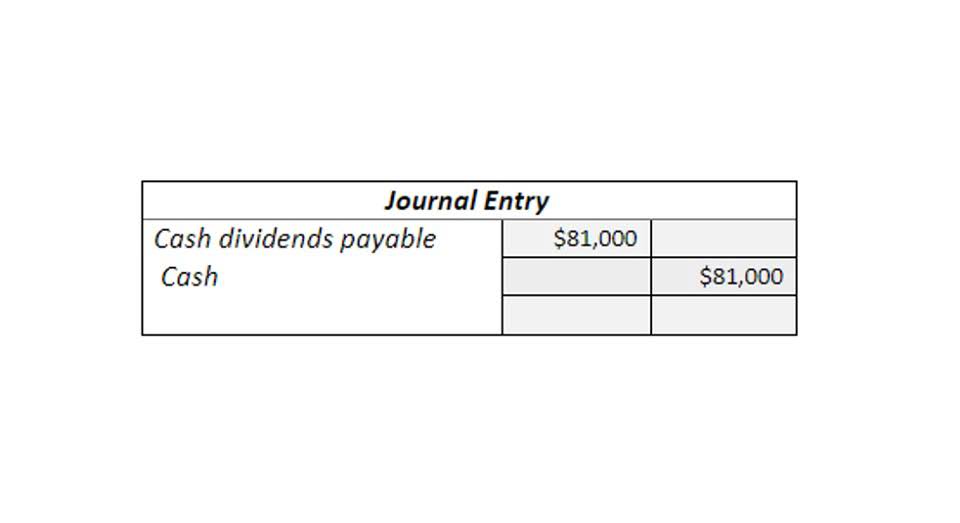
Therefore, when making investment decisions, it’s important to consider not only the management fee but the entirety of the MER. Generally expressed as a percentage, the MER is often higher than the management fee, as it encompasses the management fee and other operating expenses. Management fees are common for a variety of investments, including mutual funds, exchange-traded funds (ETFs), and separately managed accounts. Factors that Bookkeeping for Chiropractors influence management fees include the level of service, expertise, competition, and the size of the portfolio or project.

Diversification Across Fee Structures
- Actively managed funds charge higher management fees than passively managed funds but do not necessarily guarantee superior returns to investors.
- There are various types of management fees, depending on the specific industry or area of expertise.
- Management fees play a crucial role in the world of finance, enabling professional investment managers to provide expert guidance and services to investors.
- The fee compensates professional money managers as they select securities for a fund’s portfolio and manage it based on the fund’s investment objective.
- Allocating funds to investment firms or mutual funds can be prudent for individuals aiming to build wealth.
For instance, a parent company might receive a performance-based fee if a subsidiary meets certain financial or operational benchmarks. This structure incentivizes the service provider to deliver high-quality services and achieve desired results. However, defining appropriate performance metrics and ensuring they are measurable and attainable can be challenging. Companies must carefully design performance-based fee agreements to avoid disputes and ensure they are in line with industry standards and regulatory requirements. Increased competition among investment managers can lead to fee compression, ultimately benefiting investors by reducing the overall costs of investment management services.
Scale of Assets Under Management
A management fee is a fee imposed by investment managers on investors for their expertise in choosing financial instruments that make up a particular investment fund. It covers various costs, such as the expenses related to advisory services and portfolio management. In the investment management industry, management fees are the norm among all types of investment opportunities. In exchange for paying management fees, investors are provided with access to the expertise and resources of investment professionals.
- This involves conducting thorough transfer pricing analyses and maintaining detailed documentation to support the pricing of intercompany transactions.
- High-water marks ensure that investors do not pay performance fees on the same gains more than once.
- These fees ensure that managers are incentivized to provide high-quality services and effectively manage the assets or projects under their purview.
- Performance-based fees are prevalent in hedge funds and private equity, where the potential for high returns justifies the additional cost.
- Conversely, a higher ratio may signal inefficiencies, or it may reflect the firm’s strategy of charging higher fees for specialized services.
Performance Fee (Incentive Fee)

Transfer pricing is a fundamental concept in the context of management fees between related companies. It refers to the pricing of goods, services, and intangibles transferred within a multinational enterprise. This principle is crucial for maintaining fairness and preventing profit shifting, which can erode the tax base of jurisdictions involved. Performance-based fees are contingent on the achievement of specific targets or outcomes. These fees align the interests of the service provider and the recipient, as payment is tied to the success of the managed entity.
How much are typical investment management fees?

Additionally, recognizing the purposes behind management fees provides clarity on how these fees contribute to the sustainability and effectiveness of investment management services. Performance metrics are another method used to calculate management fees, particularly in performance-based fee structures. These metrics can include benchmarks such as stock indices, specific return targets, or other financial indicators. For instance, a hedge fund might set a performance fee of 20% on returns that exceed the S&P 500 index. If the fund achieves a 15% return while the S&P 500 returns 10%, the performance fee would apply to the 5% excess return.
In exchange for paying this fee, investors get access to the resources and expertise of investment professionals. The experts offer personalized investment-related advice, allocate risk, and rebalance portfolios to help investors achieve their financial goals. The fee levied by an investment fund usually varies on several factors, including the investment size and style. For example, investment funds following a passive investment strategy charge lower fees than actively managed funds. Additionally, high-net-worth individuals and institutional investors may have to pay a lower fee depending on the AUM. The management fee is typically calculated as a percentage of the total assets under management.

Percentage-Based Fees

These caps are intended to protect retail investors from excessive fees that could erode their investment returns over time. For example, the European Union’s UCITS directive places restrictions on the fees that can be charged by certain funds, which directly affects the Management Fee Certified Public Accountant Ratio. The Management Fee Ratio is more than just a number it is an indicator of the asset management firm’s operational health and competitiveness. The lower the ratio, the more efficient the firm tends to be, as it suggests that the firm can manage its expenses while still providing adequate service to clients.
Step-by-Step Calculation of Management Fee Ratio:
Investment vehicles like mutual funds and ETFs are required to disclose their fees in a prospectus and periodic shareholder reports, helping investors make informed decisions about their investments. Changes in the investment management industry, such as the rise of robo-advisors or passive investing, can affect fee structures and competition. Some investment managers provide financial planning and advice as part of their service offerings. This additional expertise may come with higher fees but can provide significant value to investors who require comprehensive financial guidance. SMAs are customized investment portfolios managed by professional investment managers.
- One of the key distinctions in the asset management industry is between active and passive management strategies.
- Investment managers may charge additional fees for highly customized portfolios tailored to the investor’s specific needs, preferences, and goals.
- Management fees are based on the total assets under management, while performance fees are tied to the portfolio’s success.
- The EMH therefore implies that no active investor can consistently beat the market over long periods except by chance.
- Self-directed investing can be a very risky option for the inexperienced and they will have to consider commissions, brokerage fees, and currency exchange rates in addition to choosing stocks.
Turnover Ratio
These fees can motivate investment managers to perform better but may also encourage excessive risk-taking. Management fees are an what are management fees in accounting essential factor to consider when budgeting and planning for financial resources. Accurate projections of these fees are necessary for making informed decisions and ensuring the efficient allocation of funds. Tiered fee structures involve charging different fee rates based on predefined thresholds, such as AUM or revenue.
